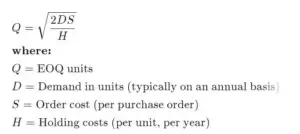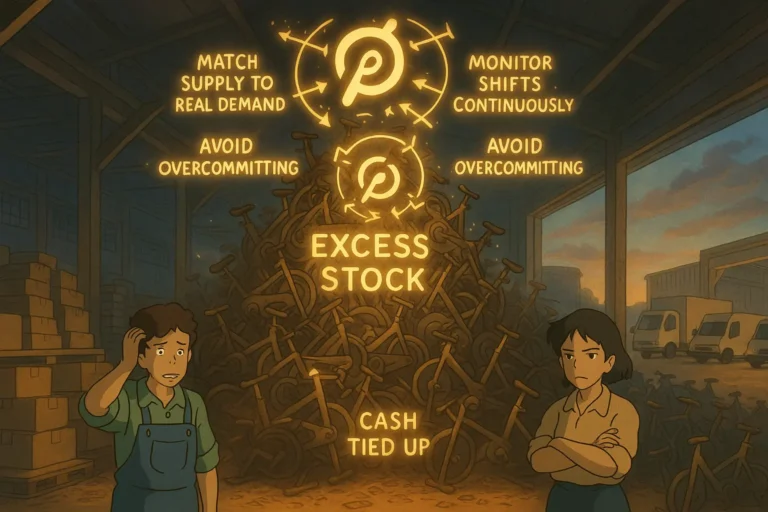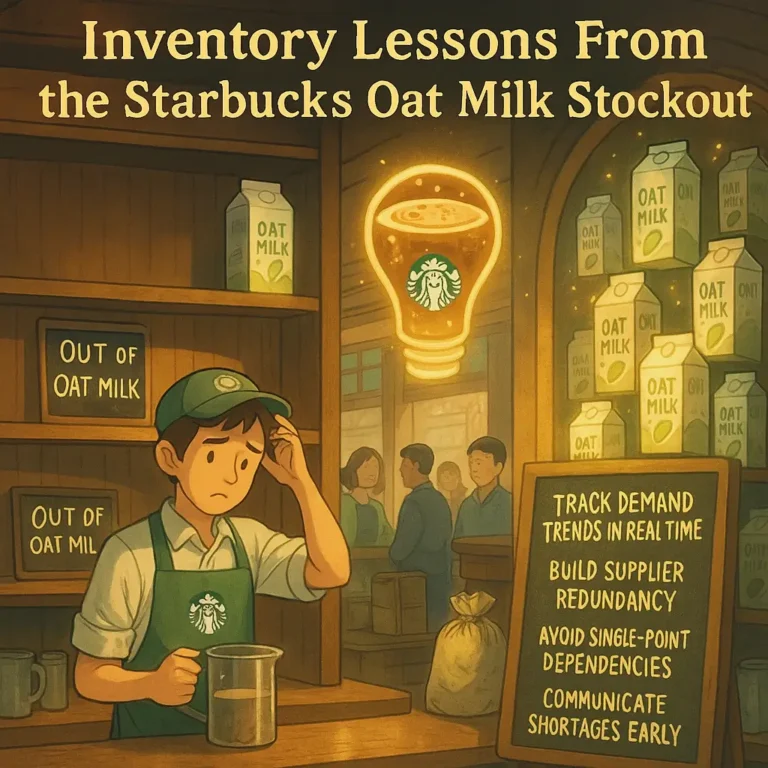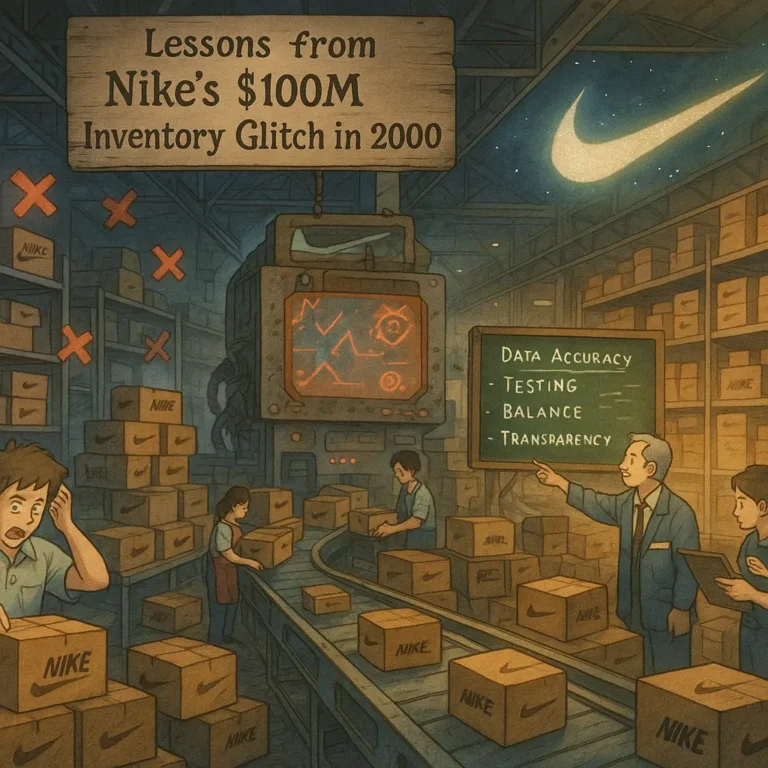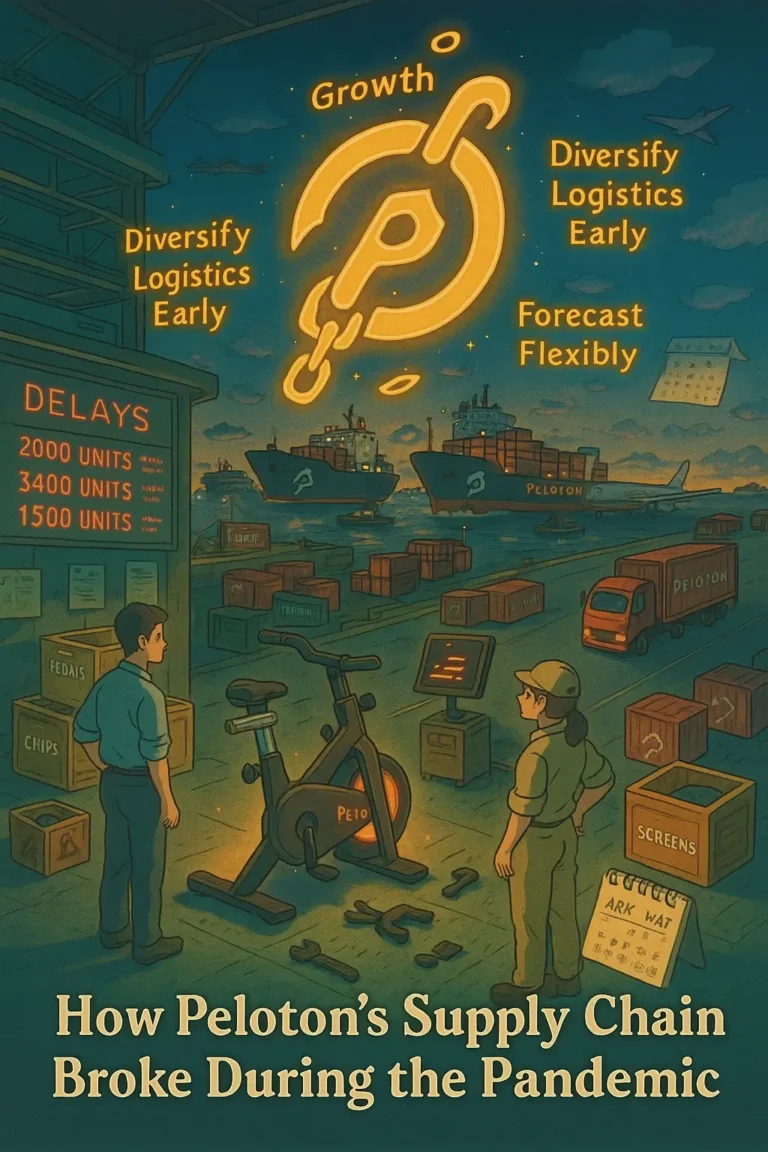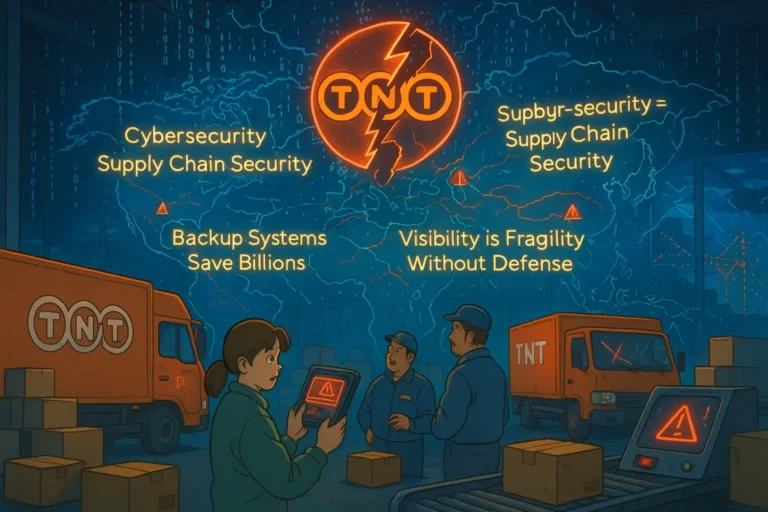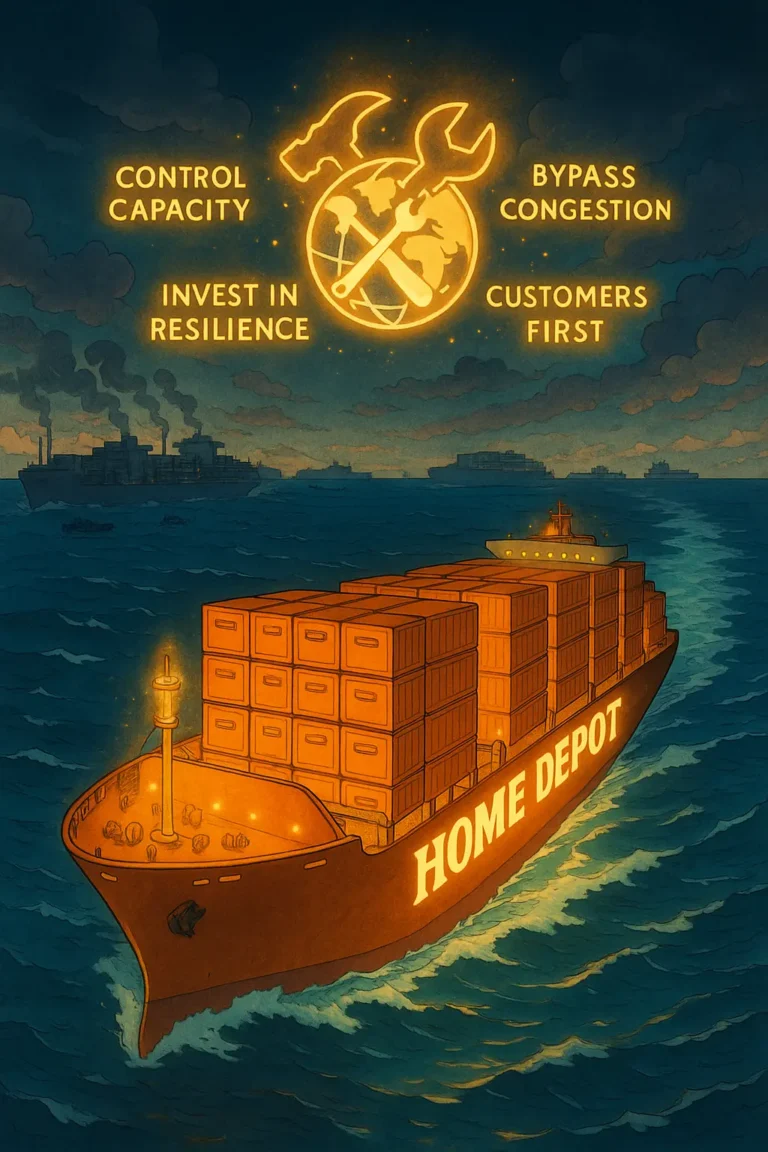
Regardless of the type, size of business, or industry you are a part of, inventory control models are a critical aspect of your supply chain. Because it is critical to the success of your supply chain, it demands a lot of attention and resources. This article will teach you the popular inventory models and how they can benefit your supply chain.
Inventory control is not a new concept for since the beginning of time; people have always strived to make the most of their resources at any given time.
Introduction
There are plenty of benefits from very well-coordinated inventory control models or management. On the other hand, your supply chain may suffer greatly from a poorly set up inventory control model. As an inventory manager, you always have to work a thin line to ensure the success of your inventory management and, by extension, your supply chain.
While it may seem like a daunting task for a beginner, understanding the basics of inventory control will go a long way to simplify the process for you and ensure your inventory enjoys optimal efficiency.
This article aims to help you better understand inventory controls and why they are important and break down the types of inventory control for you. So keep reading for a comprehensive understanding of inventory controls and how to use them to your advantage.
What is Inventory Control?
Popularly known as stock control, it is the key element of an inventory management system.
Inventory control is the process or action taken to ensure that a company’s inventory is properly maintained and managed. It enables organizations to meet customer demands without delay while lowering the cost of holding and storing items. To summarize, inventory control is resource management.
Why are inventory control models important?
Effective inventory control models are essential for the survival and success of any supply chain. Without the proper inventory control models, supply chains can experience stockouts, overstocking, and other inventory-related issues that can negatively impact the business’s bottom line.
Here are some key reasons why inventory control models are important:
# 1. Better cash flow management
Inventory control models allow your supply chain to manage its cash flow by reducing the amount of capital tied up in excess inventory. By keeping inventory levels low and only ordering what is needed, you can free up cash for your business to push towards other important expenses.
# 2. Improved customer satisfaction
The right inventory control model ensures that your supply chain has the right products in stock at the right time, which can lead to improved customer satisfaction. No one likes to wait for a product that is out of stock, and businesses that consistently have the products their customers want are more likely to retain those customers.
# 3. Increased efficiency
Efficiently setting up an inventory control model can help your supply chain reduce waste and streamline its operations. By keeping inventory levels low and optimizing the flow of goods and services, you can reduce the time and resources required to manage your supply chain’s inventory.
# 4. Visibility and Better Decision-making
With efficient inventory control models, your supply chain enjoys an elevated level of visibility, allowing for better and more effective decision-making. A visible supply chain also enables all the stakeholders to see real-time changes and adjust accordingly.
Popular Inventory Control Models
Businesses can use several popular inventory control models to manage their inventory. These models include the ABC analysis, JIT, EOQ, and MRP. Let’s take a closer look at each of these models and how they work.
# ABC analysis – what it is and how to use it
The ABC analysis is an inventory control model that divides inventory into three groups based on importance. The “A” category covers high-value items that account for a small percentage of inventory but a substantial percentage of sales.
The “B” category covers somewhat essential things and accounts for a moderate amount of inventories and sales. The “C” category includes low-value items that account for a substantial portion of the inventory but just a tiny portion of the sales.
Your business or supply chain can benefit from the ABC analysis because it helps them to focus their resources on the most critical topics. Businesses can ensure optimal resource allocation by prioritizing inventory management based on the ABC analysis.
# JIT (Just-in-Time) inventory control – what it is and how to implement it
Just-in-time inventory control is a type of inventory control model that seeks to decrease waste while increasing efficiency by ordering inventory only when required. JIT necessitates a dependable and efficient supply chain because products must be supplied rapidly to avoid stockouts.
It can be applied in various methods, including establishing automatic reordering systems, establishing partnerships with dependable suppliers, and using demand forecasting to predict inventory demands.
# EOQ (Economic Order Quantity) – what it is and how to calculate it
The Economic Order Quantity (EOQ) model is a mathematical model that can assist your supply chain in determining the best order quantity for a specific product. The EOQ model considers various aspects, including the cost of ordering and keeping an inventory and the product’s demand.
To use this model effectively, you must first assess the annual demand for the product in question, the cost of placing an order on the raw materials, and the cost of holding the product in inventory before calculating the EOQ. Once these variables are established, the EOQ formula will accurately calculate the optimal order quantity.
Below is the EOQ formula:
# MRP (Material Requirements Planning) – what it is and how to use it
MRP is a form of inventory control that employs demand forecasting to determine the best amount of materials to order for production. It considers the lead time for ordering materials, the production schedule, and the finished product demand.
Material requirement planning software can be used to automate the ordering of goods and the tracking of inventory levels. MRP is very useful for companies that have complex production schedules and need precise inventory control.
Choosing the right inventory control model for your business
Choosing the right inventory control model for your supply chain depends on several factors. They include the business size, the type of products you sell, and your supply chain capabilities. Consider your supply chain needs and goals when selecting an inventory control model.
Some supply chains may benefit from combining inventory control models, while others may find that a single model works best. Ultimately, inventory control aims to optimize the flow of goods and services while minimizing waste and maximizing efficiency.
Common Inventory Control Mistakes To Avoid
While effective inventory control models can provide many benefits, there are also several common mistakes that your supply chain should avoid. These mistakes include:
– Lack of proper analysis
– Failing to prioritize inventory management based on the importance
– Ignoring Scalability
– Overcomplicating the system
– Neglecting technology integration
– Neglecting real-time data
By avoiding these mistakes, you will be able to optimize your inventory control model practices for success.
Levels of Inventory
Raw materials: These are the materials that a business processes to develop and finish products. When the product is finished, the raw components, such as shampoo oil, are often indistinguishable from their original form.
Element/Components: They are similar to raw materials because they are a business’s tools to make and finish things. However, they remain recognizable after the product is completed, unlike the raw materials, which are no more.
Work in progress (WIP): WIP inventory refers to goods in production such as raw materials or components, labour, overhead, and even packing materials.
Finished Goods: These items have been produced, packaged, and are ready for sale
FAQs on Inventory Control Models
Q1: What are the dangers of failing to develop an effective inventory control model?
Excess inventory carrying costs, stockouts that result in lost sales and dissatisfied customers, inaccurate demand forecasting, increased storage space requirements, and inefficient order fulfilment processes can all result from failing to implement an effective inventory control model.
Q2: How frequently should I examine and tweak my inventory control model?
Review and adjust your inventory control model regularly to ensure its continued efficacy. Determine the frequency of reviews by analyzing factors such as market dynamics, seasonality, product lifespan, and business growth. Aim to assess and adapt your model at least quarterly or during substantial changes.
Q3: Can I use multiple inventory control models at the same time?
Depending on your organisation’s complexity and nature, you can deploy different inventory control models simultaneously. For example, you can use JIT principles for fast-moving goods, while for slow-moving things, you can use EOQ. The idea is to tailor your strategy to the features of your goods.
Q4: What is the function of technology in inventory control models?
Technology contributes significantly to inventory management models by enabling automation, data analysis, real-time inventory tracking, and interaction with other business systems. Technology options that help improve inventory control include inventory management software, barcode scanning devices, and enterprise resource planning (ERP) systems.
Conclusion
Inventory control models are an essential component of any supply chain operation. Understanding the fundamentals of popular inventory control models can help to simplify and enhance productivity. Businesses can optimize their inventory management methods and position themselves for long-term success by adopting the ABC analysis, JIT, EOQ, and MRP models.
Businesses can enhance their bottom line and deliver better service to their consumers by avoiding typical inventory control blunders and prioritizing good inventory management.

Obinabo Tochukwu Tabansi is a supply chain digital writer (Content writer & Ghostwriter) helping professionals and business owners across Africa learn from real-world supply chain wins and setbacks and apply proven strategies to their own operations. He also crafts social content for logistics and supply chain companies, turning their solutions and insights into engaging posts that drive visibility and trust.

